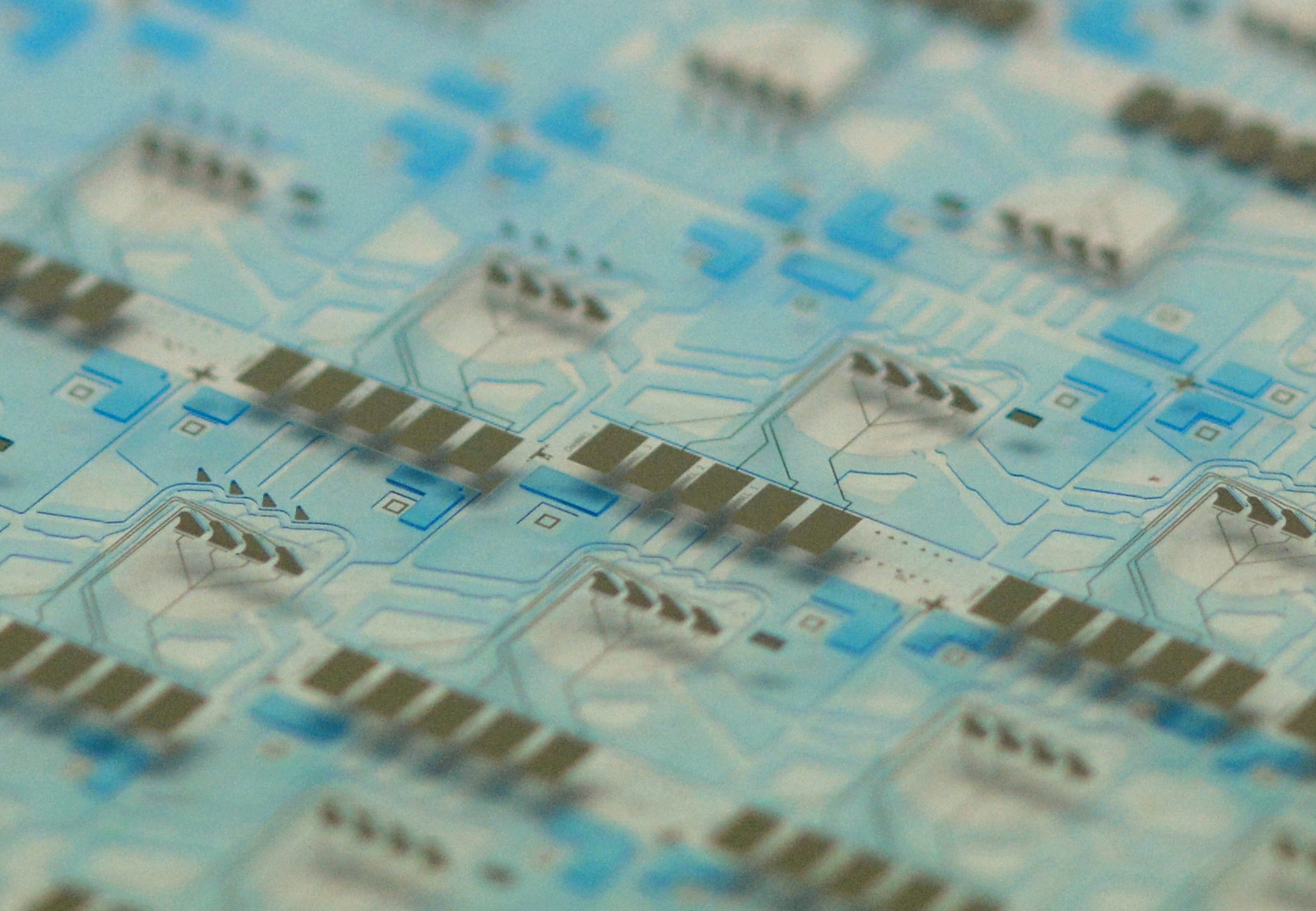Projekte
Optofluidic router

Projektbeschreibung
In this project, we develop an „optofluidic router“ capable of switching optical signals, a functionality highly important to the future development of photonic lab on a chip (PhLoC): state-of-the-art PhLoC microsystems are currently limited by the number of detection regions that can be optically adressed. The optofluidic router to be developed uses 2D-optics defined in SU-8 such as cylindrical lenses and prisms along with tunable liquid-based mirrors to redirect light into different optical channels on chip. This approach allows sequential screening, a technique which can reduce characterization complexity and dramatically improve analytical performance. Novel in our approach is that the router is entirely based on liquids and has no moving mechanical parts; instead we employ electrowetting on dielectrics (EWOD) for moving the mirrors. Based on a technology we have developed in precedent projects, the router is fabricated on wafer-level, as shown by the figure on the right. The technolgoy also enables us to design a variety of systems with optical in- and outputs in the form of optical fibers, light-guides or free-space optical beams. This research is based on a fruitful cooperation with Dr. A. Llobera from the Centre Nacional de Microelectrònica (CNM) in Barcelona, Spain.
Laufzeit
01.06.2012 bis 30.06.2013
Projektleitung
Prof. Dr. Hans Zappe
Ansprechpartner/in
Dr. Philipp Müller
Telefon:7560
Schlagworte
Photonic lab-on-a-chip, optofluidics, wafer-level-optics, EWOD, light-guiding

